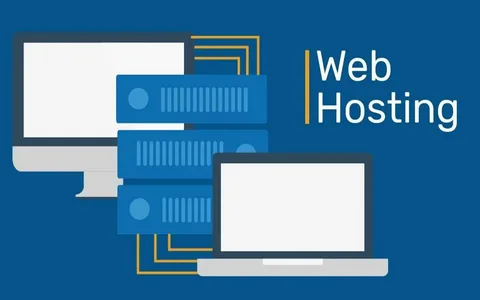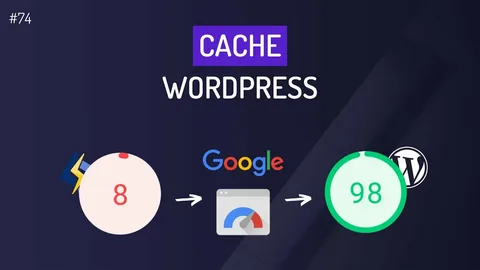What Is A Server?
A server could be a software or hardware device that receives and processes network requests. A client is a device that produces the request and gets the response from the server. The term “server” is usually used on the internet to describe the computer system that receives requests for websites and sends those files to the client.

How Do Servers Work?
The existence of the internet would not be possible without servers. Every time you visit a new website or shop online, a series of near-instantaneous activities take place on a server someplace. Servers are the backbones of the online experience, delivering all of the features, widgets, and images we expect from even the most basic website. It’s also useful background information to have before deciding on a hosting account for your company. Savvy shoppers are aware of what servers are expected to accomplish and which servers to avoid.
- The web browser looks for the correct IP address associated with that domain when it requests a certain web page.
- The web browser sends the information to the server by requesting the complete URL for the site it wishes to show.
- The web server locates and assembles all of the data required to display the site, including adverts, dynamic features, content, and other items. As a response, the server transmits the entire package of information to the web browser.
- This whole page is received by the web browser and displayed to the user.

Cost Saving Tips For Server Data Protection
In general, data protection is the process of safeguarding data against corrupt practices, theft, or loss, as well as its quick recovery in the event of any such discrepancies.
With technological advancement, the amount of data created on an internet server, and thus data storage, grows, and the risk of data loss or theft grows. That is why we must think about data protection.
The fundamental component of data protection is ensuring data privacy and preserving it from any theft or loss. However, it is important to remember that data protection entails both data recovery in the event of loss or theft and the creation of an operational backup of data to ensure that data is always available.
Data is typically housed in a Data Center or Server, which necessitates regular maintenance for improved data security and preservation. As a result, cost optimization enters the picture, as server maintenance costs are always high.

4. No Charges Associated With Backup Tapes Offsite
There is no additional expense to transmit data away with automatic, immediate backup to a highly secure remote location. Furthermore, online service providers often use encryption in transport, storage, and retrieval to ensure the best level of security feasible.
However, it is critical to examine the physical security of the service provider’s data centers (just as it is with a tape vaulting company). A high level of security should be included in the monthly subscription fee, and it should be mirrored to a second site.
5. Server Virtualization:
Most data center operators used to just install one physical server per application until recently. However, with a VPS, this may be done. Many virtual clones of a single physical server can be employed, one per application, to increase the original server’s operating output.
Multiple applications used to necessitate the installation of one server per application, but today only one physical server is necessary. This significantly lowers the costs of server acquisition, installation, and maintenance.
6. No Software License Fees
Instead of the initial cost of licensing software licenses for specific servers, the SaaS model charges a monthly subscription price for each server protected. Some internet services incorporate the protection of multiple platforms, email accounts, and databases as part of their subscription. Some online service providers, like licensed software for tape backup, charge separately for agents and plug-ins
Conclusion
Keeping your dedicated server safe and secure requires maintaining databases, using trusted networks, keeping your system updated, and selecting the right protection. In general, it’s recommended to maintain only the themes and plugins you need and delete the others so that they don’t take up unnecessary space.


